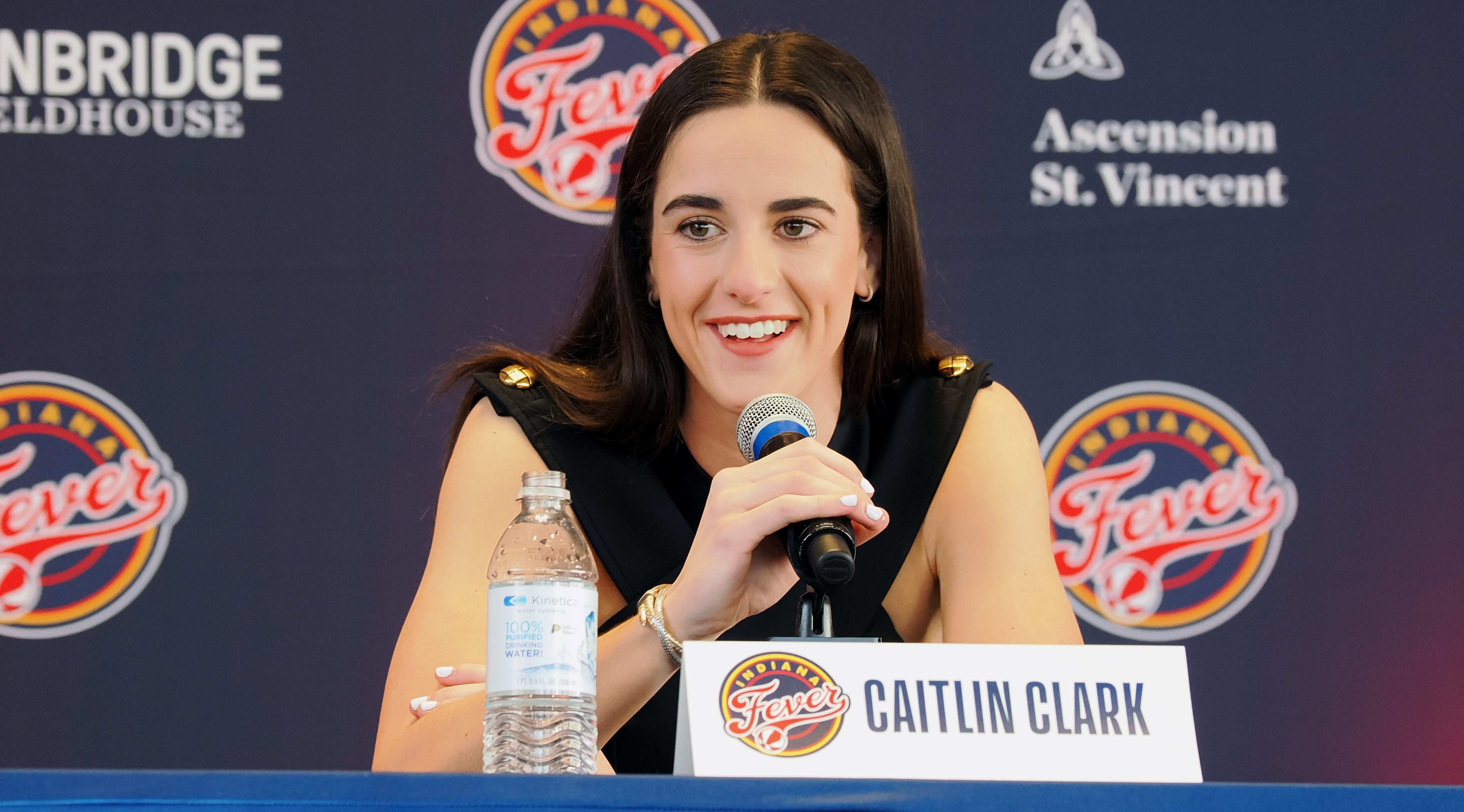
Let's focus on the positives. Tyler Cloyd was, for a healthy part of last year, the most effective starter at the highest level of the minors, where he went 12-1 with a 2.35 ERA with the Iron Pigs. When he was tapped after September callups, Cloyd struck out 4.29 batters for every walk, which if it qualified would've ranked fifth in baseball -- right ahead of NL Cy Young winner R.A. Dickey.
His problem: home runs. It was a big one; of the 18 runs Cloyd served en route to a 2-2 mark and 4.91 ERA last year, 14 were off the eight bombs rocketed during his six starts. But at least it seems isolated.
What's more, some of it may be fixable, maybe even for Cloyd's 2013 debut in place of Roy Halladay against the Diamondbacks in the thin desert air at Chase Field tonight at 9:40 p.m. Some, maybe not.
Stay in the game with the latest updates on your beloved Philadelphia sports teams! Sign up here for our All Access Daily newsletter.
Even then, for a HR/9 over 2 and HR/FB over 17.0%, anything helps.
The first three home runs Cloyd served if anything should've been encouraging. Look where he put the ball. Either high, over the middle or both. Can't do that.
(Lucky for you, after glitch in BrooksBaseball's game logs led me to believe the site didn't have at-bat data for Cloyd, I pulled video for each home run from MLB.com for use in GIF. Then, Dan, wonderful Dan, who runs the site showed me where to look. Net of net: you get both Pitch F/X graphs and GIFs. Enjoy.)
First, against Lucas Duda on Aug. 29:
News
Can't do that. Not with an 86.7 m.p.h. fastball, which would've ranked fourth-softest in baseball last year.
Next, Jay Bruce on Sept. 3:
Same deal. Miami's Jose Fernandez gasses guys high. He also has 97 m.p.h. top-end heat.
Last (for now), Chris Nelson on Sept. 9:
You could literally draw a line, from right to left, connecting those pitches.
Cloyd's admitted that nerves played a factor in his struggles last year, and said that the butterflies didn't make the trip this time around. There's (hopefully) more to his evolution than that, but if you're fishing for reasons why he missed so often last year, start reeling.
Still, half of Cloyd's homers weren't on misses. In fact, those four were put exactly where you'd want a soft-hurler to: down and/or away.
First, righty Matt Dominguez on Sept. 13:
Where else is Cloyd supposed to drop that? That far outside on a righty, and Dominguez still turns on it?
Same deal with Mike Baxter, from Sept. 20:
Could still be lower. Still. Not as egregious a mistake as some of the others. Here, Cloyd just gets beat.
Next, his three home run game against the Nationals in his 2012 finale:
To Cloyd's credit, it actually looks like he came into this at-bat with a strategy, seeing how he put the ball in the exact same spot twice. Probably should've changed it up. But at least he can locate. Either way, where Harper fouled off the first pitch, he erupted on the second.
Now, Mike Morse:
Again: Cloyd missed, but not in a spot that should do so much damage.
This one, though, much of the same as before. Cloyd hangs down the middle, and Morse cashes in.
Now, for important context.
All but one of them -- Morse's second, because Cloyd had already served two prior -- came with the Phillies ahead or tied. Even then, six of the eight were when the team was within two runs or fewer. One of the others, Dominguez's three-run blast, shaved a 4-0 lead to one.
Two had leverage indicies over 1.85, where anything over 1.00 is "high pressure." These were nearly twice that. Nelson raked with two on and two out in the third inning of a 1-1 game. Then, Dominguez.
Cloyd's development of his cutter could help. Five of his 2012 home runs were on cutters, a pitch he threw just under one-third of the time. Adding another pitch would've been ideal; he used curves and changes on only 20% of throws, combined. But making it harder on hitters would make Cloyd infinitely more effective.
There are still reasons to be skeptical. It's been written that Cloyd didn't have a handle on his cutter until his sixth start, when he doubled his season's run total in five innings off three jacks. Still, he could've simply just got beat that night, as happens to nearly every starter a few times every year.
Question is: how often can Cloyd beat hitters?


